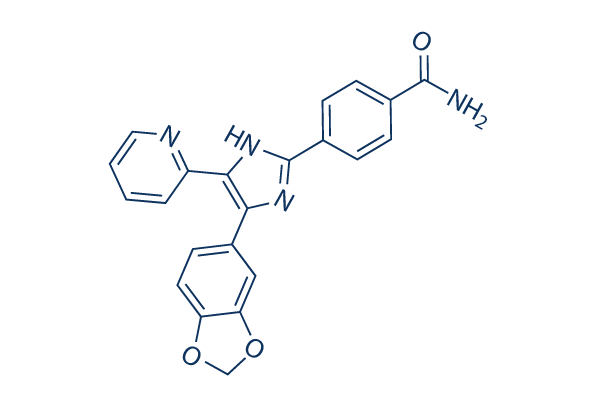Our data displaying that PDCD4 knock down sup pressed incorporation of phenylalanine into myotube mixed proteins are surprising, given the characterization from the protein as an mRNA translation initiation inhibitor. Furthermore, depletion of PDCD4 in myoblasts and in non muscle cells increases protein synthesis. A attainable explanation could be the regula tion of myofibrillar proteins, the predominant BIX01294 clinical trial proteins in myotubes, is distinct from that of complete protein. On the other hand, we showed that incorporation of phenylalanine into myo fibrillar proteins in cells depleted of PDCD4 was 30% reduced in contrast with cells with normal degree of PDCD4.
We didn’t measure the charge of syn thesis of sarcoplasmic proteins, however, our data showing a suppression of phenylalanine incorporation into complete and myofibrillar proteins propose that even when deple tion of PDCD4 enhanced the synthesis of sarcoplasmic selleck proteins, this kind of a rise was probable as well modest to offset the lower in myofibrillar protein synthesis. It truly is not clear how PDCD4 depletion would regulate eIF4G abundance and interaction with eIF4E, despite the fact that there is evidence that PDCD4 can transcriptionally regulate the abundance of some proteins. Nonetheless, there may be no evidence that eIF4G is one of such proteins. Mixed with information from myoblasts and non muscle cells, our data propose that the effect of PDCD4 on protein synthesis may perhaps rely on cell sort and/or stage of de velopment, as previously advised. Within this regard, though PDCD4 has become implicated in regulating the abundance of some proteins, which include p21 and lysyl oxidase, only c myb, procaspase 3 and p53 are already demonstrated as natural mRNA translation substrates of PDCD4.
These are all fac tors concerned in regulating cell proliferation and migration, and hence of more relevance in proliferating cells. That is steady with all the notion that the impact of PDCD4 on mRNA translation and protein synthesis might possibly rely on the physiological state with the cell. Even so, PDCD4 and its targets may perhaps nonetheless  be appropriate in regulating muscle professional tein synthesis and mass all through muscle growth and regeneration. Such as during muscle hypertrophy or restore following damage, satellite cells really need to be activated, resulting in the proliferation of myoblasts that will subse quently fuse to type myotubes. These can then fuse with current myofibers or be implemented to form new fi bers. PDCD4 may very well be concerned in this regulation. Consistent with this, abundance of PDCD4 increases dur ing initiation of L6 differentiation into myotubes. Conclusions We showed that in L6 myotubes, the regulation of PDCD4 abundance by dietary variables is delicate to mTORC1 and ubiquitin dependent proteolytic process.
be appropriate in regulating muscle professional tein synthesis and mass all through muscle growth and regeneration. Such as during muscle hypertrophy or restore following damage, satellite cells really need to be activated, resulting in the proliferation of myoblasts that will subse quently fuse to type myotubes. These can then fuse with current myofibers or be implemented to form new fi bers. PDCD4 may very well be concerned in this regulation. Consistent with this, abundance of PDCD4 increases dur ing initiation of L6 differentiation into myotubes. Conclusions We showed that in L6 myotubes, the regulation of PDCD4 abundance by dietary variables is delicate to mTORC1 and ubiquitin dependent proteolytic process.
Peptides Price
A gene coding for a selectable marker such as antibiotic resistance is also incorporated into the vector.
